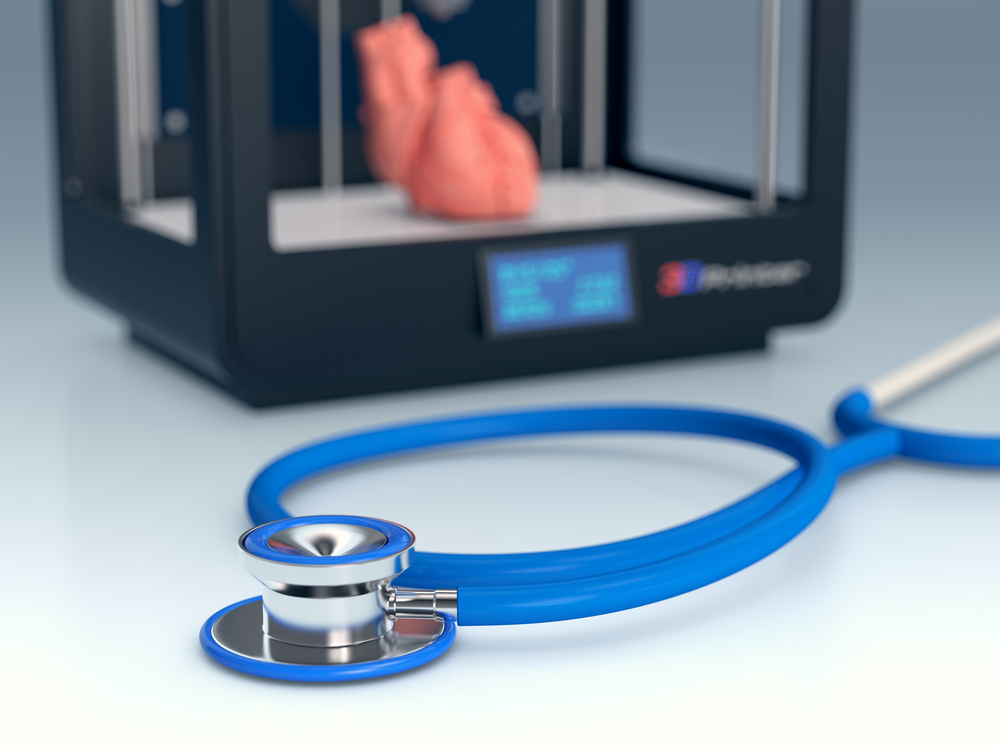The world of 3D printing heralds some intriguing changes that will help us improve our daily lives. Kyoto University researchers successfully succeeded in 3D bioprinting tubular conduits capable of regenerating damaged nerve cells. Although this concept has only been tested on rats so far, preliminary results indicate these 3D bioprinted tubs will also work on humans.
3D Bioprinting Is Taking Off
It is good to see scientists explore different options to improve the human body over time. Combatting disease, nerve damage, and other ailments can greatly benefit from 3D bioprinting moving forward. In fact, Kyoto University researchers have come up with a way to regenerate damaged nerve cells through 3D bioprinting, which is quite a novel breakthrough.
By using the Kenzan method 3D bioprinter, it is now possible to solve the issue of damaged nerves. Although using this device is incredibly expensive, this successful trial goes to show there is a bright future ahead for 3D bioprinting as a whole. Creating a 3D conduit developed from human fibroblasts has been quite a challenge, although scientists eventually managed to make the project succeed. It even surpassed their wildest expectations, as printing this material is only the first step.
Once the conduits were printed successfully, the researchers used 12 male rats to conduct an experiment. All of these rates suffered from immune deficiency. The researchers cut out a small section of the right sciatic nerve of every rat near the mid-thigh area. While this may seem like an inhumane way of experimenting with 3D bioprinting, it is important to keep in mind none of the animals died during this test.
Half of the rats were “retrofitted” with the conduits to bridge the gap in the nerve. The remainder of the rats had a silicone tube introduced into their bodies, which is the current standard way of trying to restore damaged nerves. With the 3D bioprinted conduits in their body, all six rats showed obvious signs of faster nerve regeneration.
As a result of this experiment, it safe to say 3D bioprinting has the potential to accelerate recovery from nerve injuries. While a small-scale test on rats may not be considered conclusive by any means, it is a viable foundation to build on. If this technology continues to evolve, it may end up being used to help humans recover from nerve damage. Effectively promoting nerve regeneration seemed impossible for the human body, up until now.
For the time being, the scientists are hopeful to conduct a human medical trial with 3D bioprinted conduits at some point in 2019. Depending on how the results pan out, the medical sector may look very different in a few years from now. In Japan alone, several thousand people suffer from nerve-related injuries every year. Most issues are caused by work accidents and other reasons.
If you liked this article, follow us on Twitter @themerklenews and make sure to subscribe to our newsletter to receive the latest bitcoin, cryptocurrency, and technology news.

